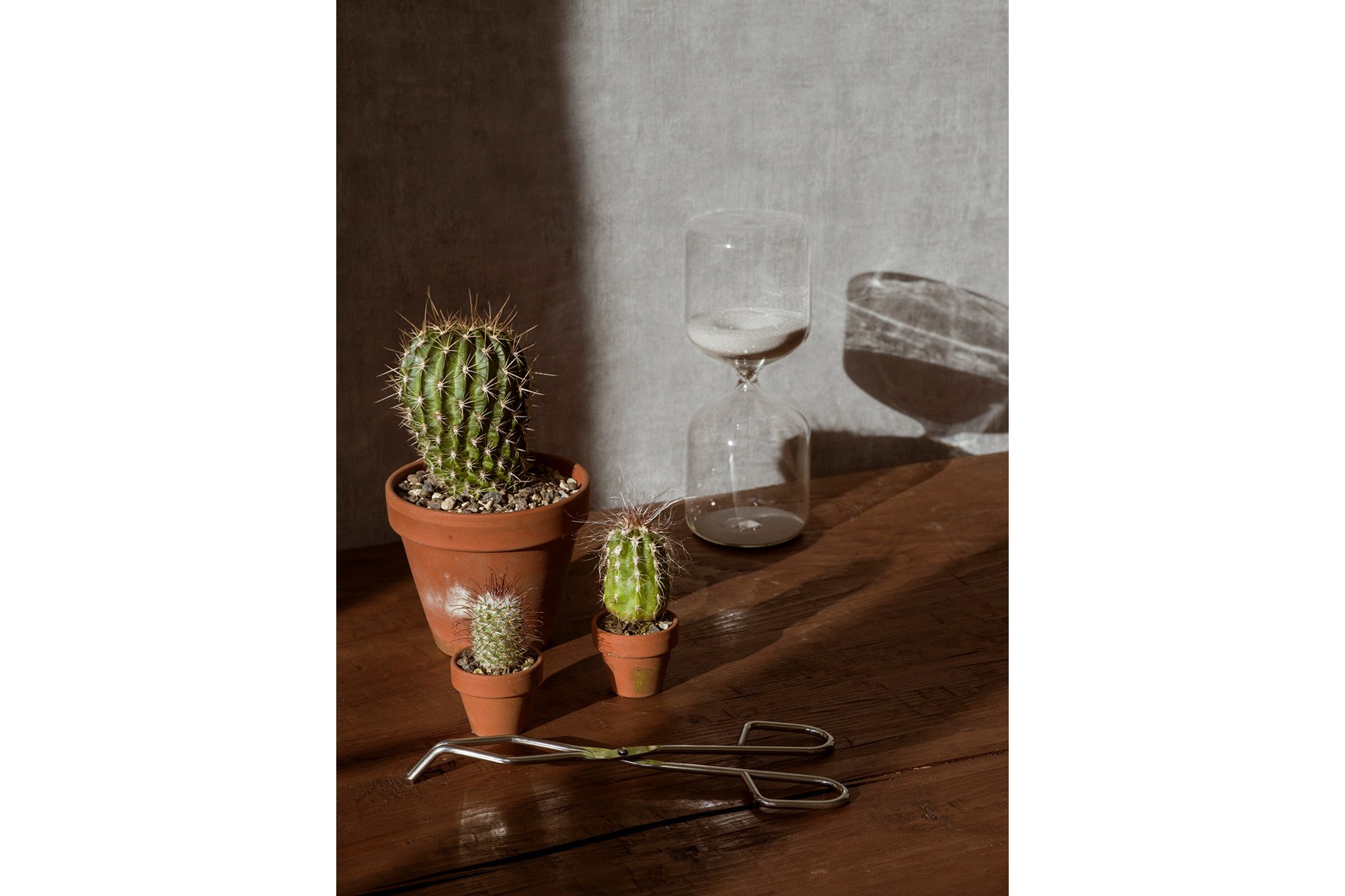Behind the image: “Still Life with Cacti”
Project Summary
The images in ‘31 explore social and political parallels between the present and the late 1920s and 1930s.
The project’s limited-edition archival pigment prints measure 31 x 42 cm (12.2 x 16.5 inches).
caption to “Still Life with Cacti”
"Sill Life with Cacti" features plants, which became fashionable in the 1920s and are still part of many households.
Still Life with Cacti (Kakteenstilleben) - 2024
Copyright : Zsofia Daniel
Plants
Cacti and succulents have an undoubted place in the aesthetic of the 1920s and 1930s, during which design principles and even popular taste valued precise, pure forms and order.
During this era these exotic plants, often imported from South America, became fashionable household items. They were such a rage that popular media, including songs and comedy routines, often featured them. Cacti and succulents also fascinated German painters and photographers such as Georg Scholz, Albert Renger-Patzsch, and Aenne Biermann.
The power of these almost sculptural plants, which bring to mind faraway lands we might want to explore, still hasn't diminished. Now they are found in many households, where their low maintenance and low cost make them an excellent fit for today's busy, work-oriented lifestyle.
Georg Scholz : Kakteenstilleben mit Semaphoren II, 1923)
Comedian Harmonists singing Mein kleiner grüner Kaktus ("My Little Green Cactus") in 1934



